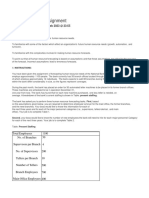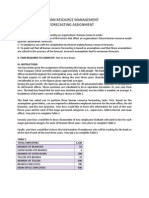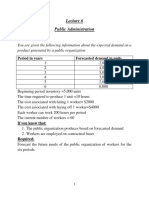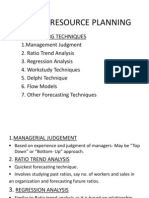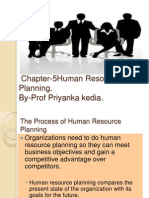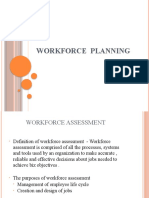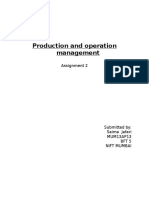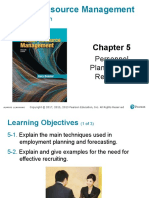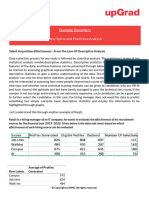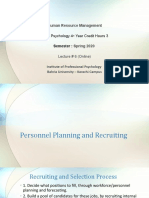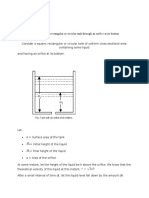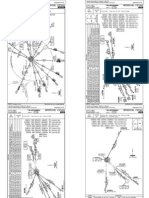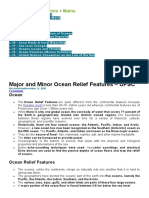0% found this document useful (0 votes)
36 views3 pagesSolution To Assignment 6
The document presents a numerical example of workforce planning using trend analysis for TechNova Ltd, forecasting the number of employees needed in 2026 based on past data. It outlines a step-by-step solution involving the assignment of time variables, calculation of the mean and slope, and application of the linear trend formula. The final forecast indicates that 188 employees will be needed in 2026, emphasizing the importance of trend analysis in stable environments for long-term planning.
Uploaded by
esraaismailmohamed96Copyright
© © All Rights Reserved
We take content rights seriously. If you suspect this is your content, claim it here.
Available Formats
Download as PDF, TXT or read online on Scribd
0% found this document useful (0 votes)
36 views3 pagesSolution To Assignment 6
The document presents a numerical example of workforce planning using trend analysis for TechNova Ltd, forecasting the number of employees needed in 2026 based on past data. It outlines a step-by-step solution involving the assignment of time variables, calculation of the mean and slope, and application of the linear trend formula. The final forecast indicates that 188 employees will be needed in 2026, emphasizing the importance of trend analysis in stable environments for long-term planning.
Uploaded by
esraaismailmohamed96Copyright
© © All Rights Reserved
We take content rights seriously. If you suspect this is your content, claim it here.
Available Formats
Download as PDF, TXT or read online on Scribd
/ 3





